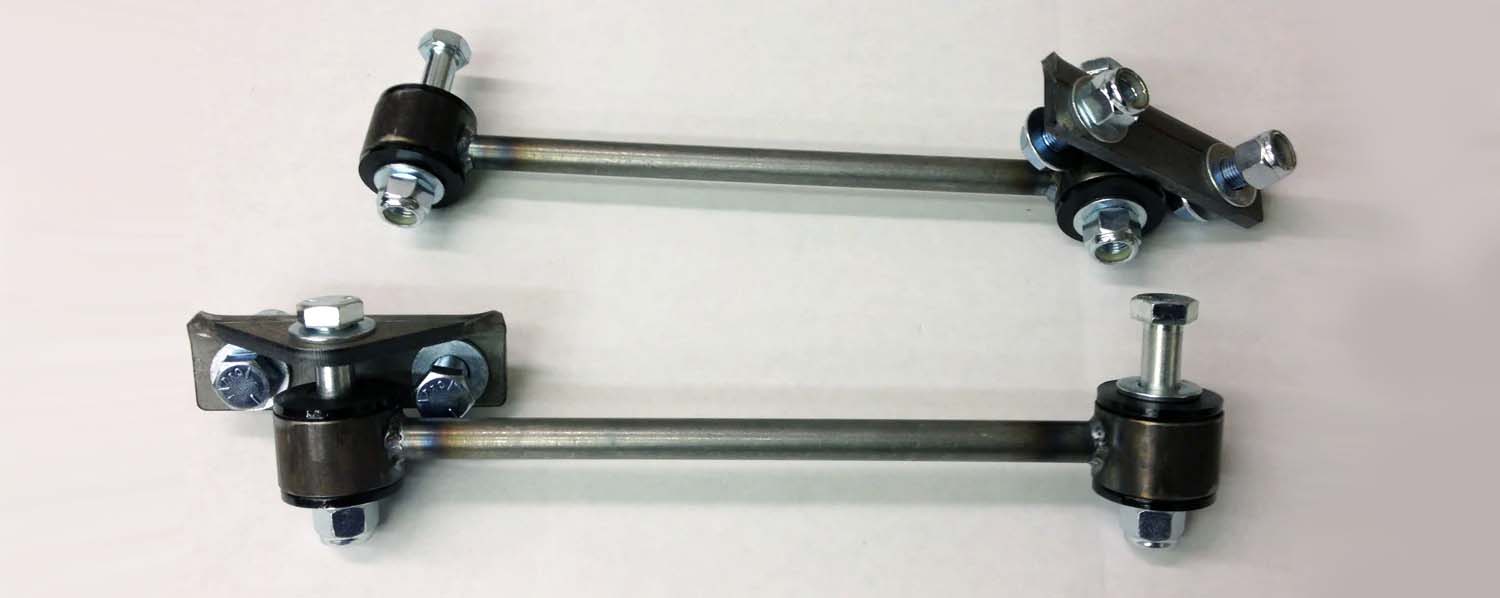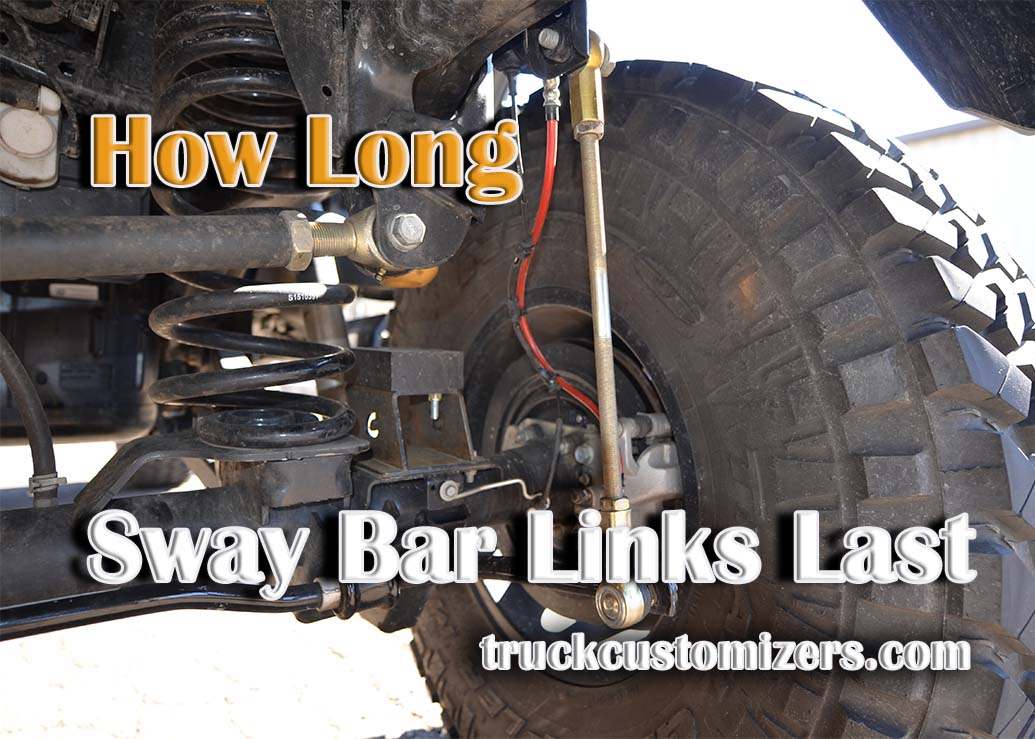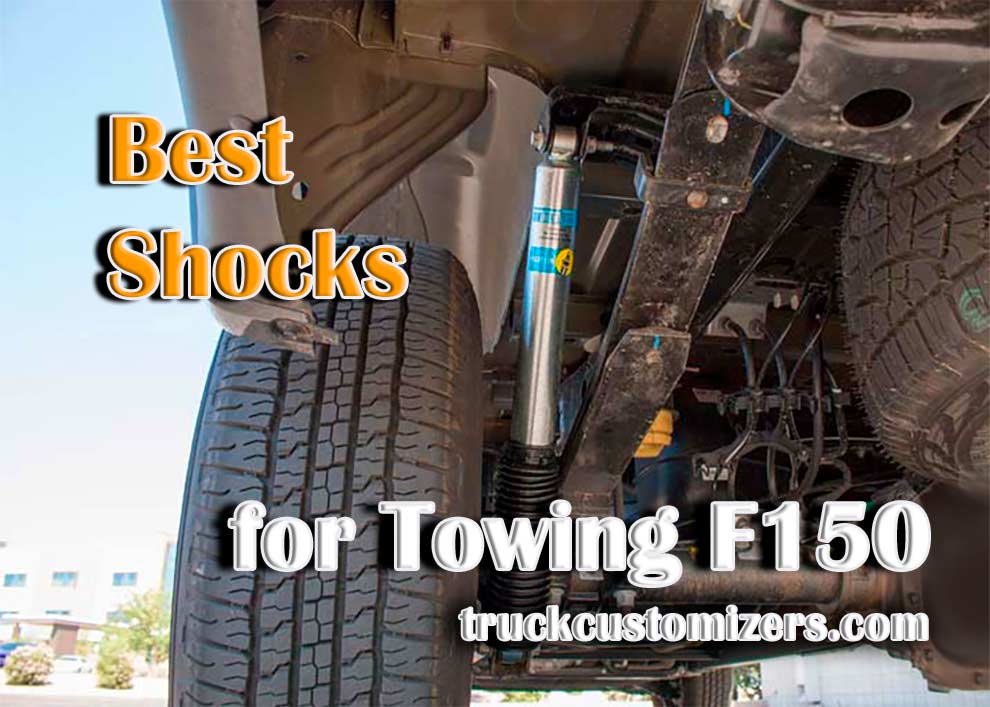Sway bar links are an important part of the suspension of your vehicle and they can play a major role in how your car handles. It’s important to know how long they should last, so you can replace them before they fail and cause problems.
What Do Sway Bar Links Do?
Sway bar links connect the sway bar to the suspension components on either side of the vehicle. They are used to help control body roll when turning and reduce swaying when driving at higher speeds for improved stability, handling, and safety.
How Long Should Sway Bar Links Last?
The lifespan of a sway bar link can vary depending on factors such as quality, driving habits, and environmental conditions; however, generally speaking a new set of sway bar links should last around 50,000 miles or 4 years before needing replacement.

Factors Affecting the Lifespan of Sway Bar Links
The lifespan of a sway bar link is affected by several factors including quality, driving habits, and environmental conditions such as road salt or sand and other debris which can corrode or weaken components over time leading to premature failure or damage that could require replacement sooner than expected.
Tips for Increasing the Lifespan of Your Sway Bar Links
Some tips for increasing the lifespan of your sway bar links include:
-
Regularly inspect the condition of your sway bar links to look for any signs of wear or damage.
- Make sure to replace any worn parts such as bushings or fasteners that may be causing additional stress on the link and leading to premature failure.
-
Avoid driving in extreme conditions such as off roading, in deep water, or on roads that are heavily salted in winter months to reduce corrosion on components which could cause them to fail prematurely.
-
Follow recommended maintenance schedules and have a professional check your vehicle regularly for any signs of wear or damage including those related to sway bar link components. Also see here the Best Leveling Kits for Silverado.
Conclusion
Sway bar links play an important part in keeping your car stable and handling correctly, so it’s important to know about how long they should last and what factors can affect their lifespan. With proper maintenance and inspection, you should be able to get at least 50,000 miles out of them before needing replacement; however, this can vary depending on quality, driving habits, and environmental conditions so it’s important to pay attention to any signs of wear or damage.



